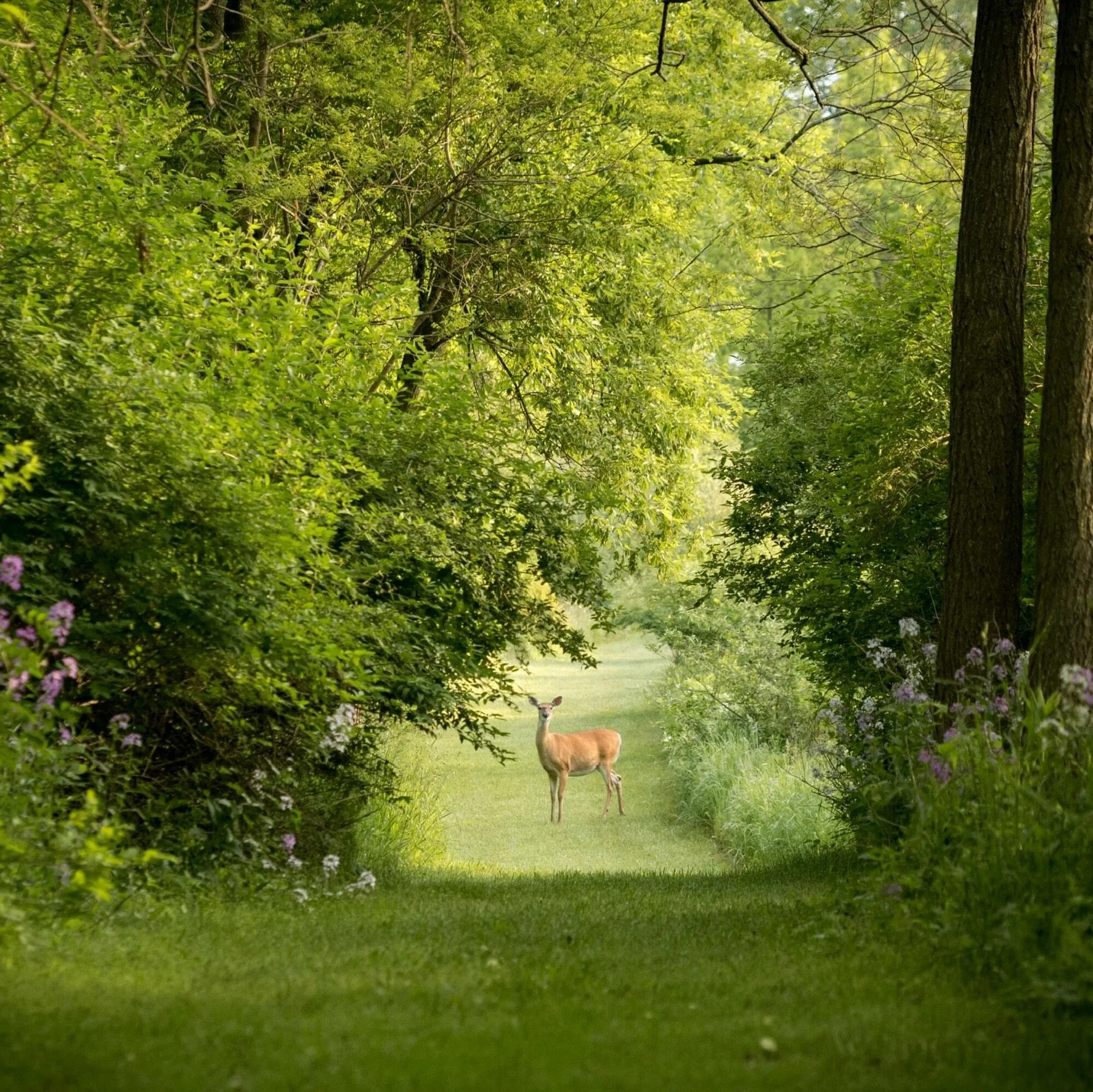Swiftness - The second of my June two part series
I take great pleasure in inviting my clients to see themselves as an instrument — an instrument of creativity and love. And then to begin to hone their instrument on behalf of their deepest longings. That is the essence of my work. Lofty stuff, I know.
This is my way-in to capacity building. It is metaphorical and true. We develop ourselves by honing that instrument of Self. Swiftness and steadiness are capacities that we can hone. Steadiness, the subject of my last post, lays the ground for us to fulfill those longings and contribute to the world. Swiftness is a robust response to the world on behalf of seizing opportunity or mitigating harm. Honing these two expands our ability to pace ourselves — expands the range of our instrument of Self.
Swiftness, as I’m defining it here, is being able to move quickly — to make astonishingly good use of time without rushing. Swiftness isn’t a steady state to aspire to. Swiftness is something you reach into when you need it.
Swiftness is needed when you have only half an hour to get the kids on the bus to school and they still need breakfast.
Swiftness is called for when you need to get out of harms way. Swiftness is necessary to halt an injustice as it unfolds.
Swiftness give us access to immediacy in communication and action.
We reach into it to catch opportunities as they arise — chances to make a difference, ideas before they disappear, real estate, jobs, love interests . . .
When you initiate swiftness your focus narrows and your sense of time tends to change. Time becomes more elastic and seems to stretch out. You manage to be able to accomplish something more quickly than your rational mind might anticipate.
EMTs know about it
Musicians know about it
Journalists know about it
Waitresses know about it
Mountain bikers know about it
Soccer and basketball players know about it
Wolves and birds of prey know about it . . . so do deer and bunnies
Tinkerbell is masterful at it . . . :)
Swiftness requires leaping into “the zone”. It is a warrior skill worth honing in our everyday lives. From a playful point of view it is Warrior magic with Tink as its patron saint.
Here are a few suggested practices to develop swiftness:
To develop the capacity for swift action — somatic practices
Get up in the morning and hurl yourself out the door for a fast walk. Make it short and quick ( 10 minutes). Observe what happens in your body when you ask it to go from rest to speediness. How much resistance do you feel? Notice your heart rate rising. Appreciate the burst of energy you initiated.
Initiate a few jumping jacks, or try jumping rope for a few minutes. Notice how quickly you can get your arm and legs moving. How often do you ask of this from your body, mind, and emotions?
Play pickle ball or tennis — Go after the ball . . .
Kick boxing will help develop swiftness as well as assertiveness - Bad ass :)
Practice showing up as an unexpected glimmer . . . 🌟
For some swiftness is readily available. For others, whose nervous systems tend towards freeze or fawn, it may take some practice to develop the neural pathways for swiftness. Swiftness is most resourceful when it rises up out of a grounded observant state, springs into efficient action and then returns to a certain satisfied calm. From steadiness to swiftness and back to steadiness is a resourceful way to operate.
To develop the capacity for swift communication — Clear and direct
Practice distilling down what you want to say as quickly and clearly as you can. Here are four elements that can help do that when you are anticipating hard communications. Try asking yourself these questions and journal your answers. Adapted from Clean Talk, a dialogue process from Dialogos
What do I see happening here? Start with the data . . .
How do I feel about it?
I think my feelings are a result of this perception . . .
What I would like to see happen is . . .
What am I clear about here? What can I communicate now? Be willing to say, I don’t know. Be willing to ask clarifying questions. Ask for or define next steps.
Practice communicating as soon as you can. Identify what you are clear about. Be willing to communicate uncertainty or unknowns.
Here are some things to reflect on: How swiftly do you communicate? When something is hard, do you put it off? When you have something to celebrate do you hold back? Check to see whether you are being honest with yourself about whether you are looking for right timing, or procrastinating.
Swiftness doesn’t require rushing, it requires clarity. It requires communicating what it is that you are clear about, not pretending that you are clear when you are not. These are some of the practical elements of developing swiftness. But Tinkerbell’s mastery is in how she delights in astonishment! 🧚🏽♂️
Then there is the fine art and science of knowing when to act swiftly and when to hold steady. That is a conversation for another day . . . :)
